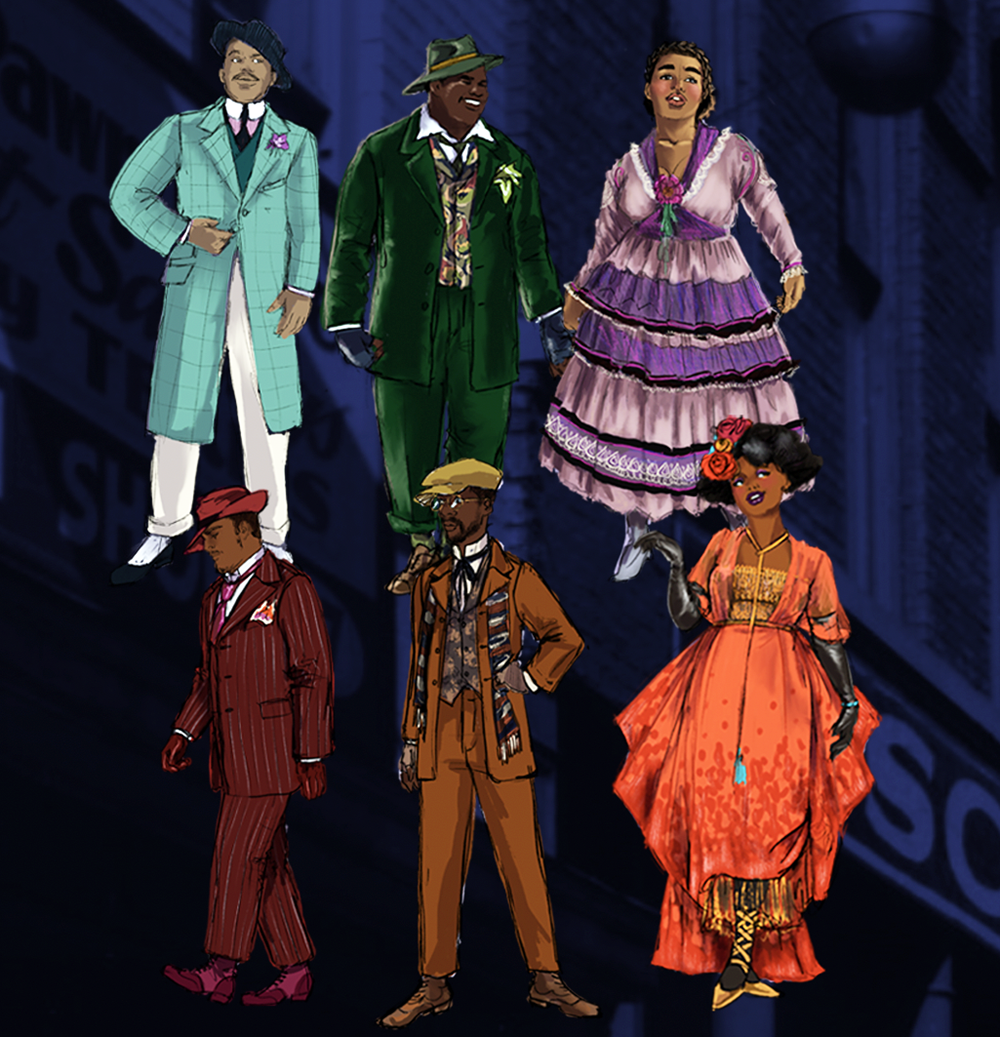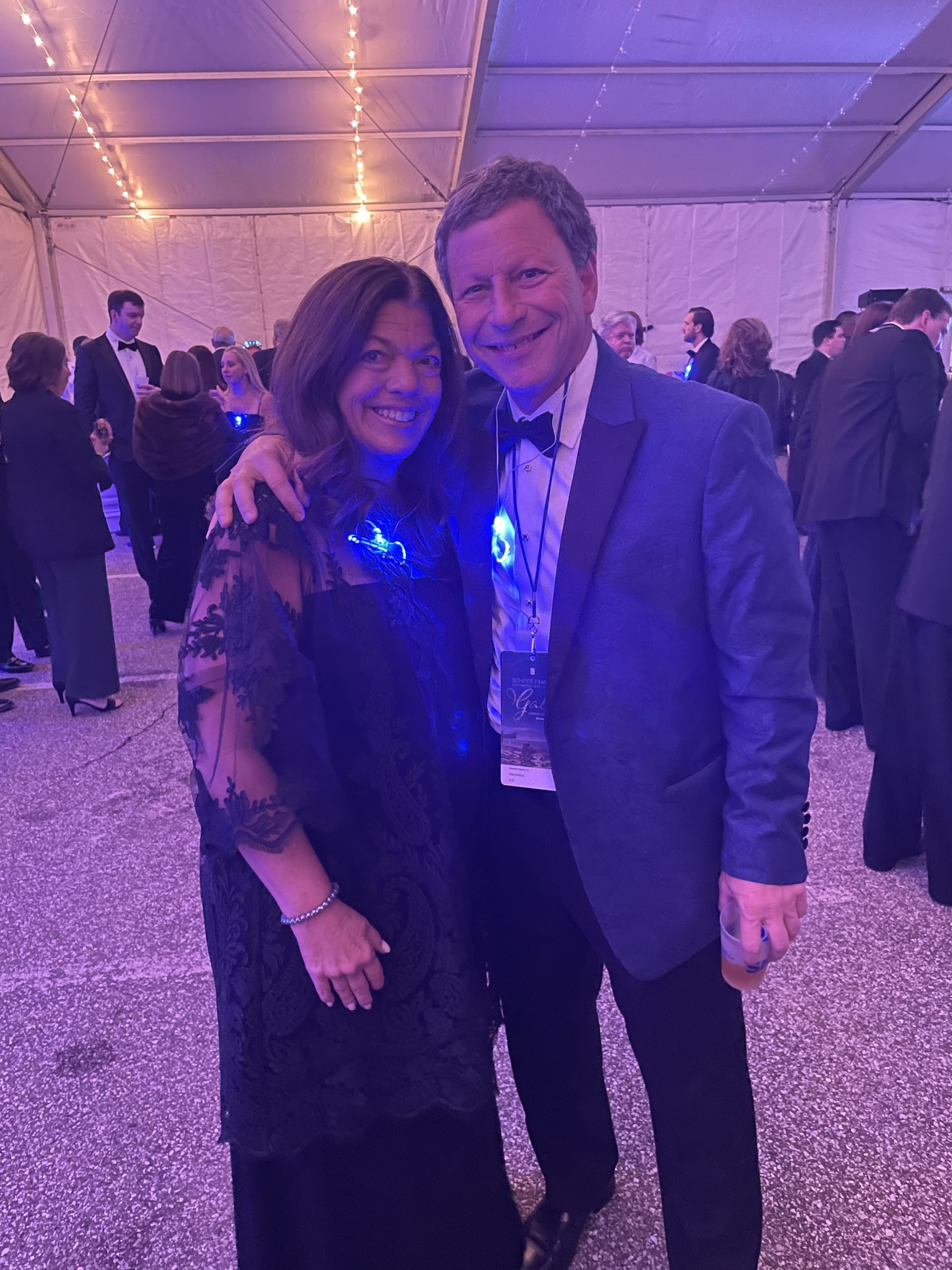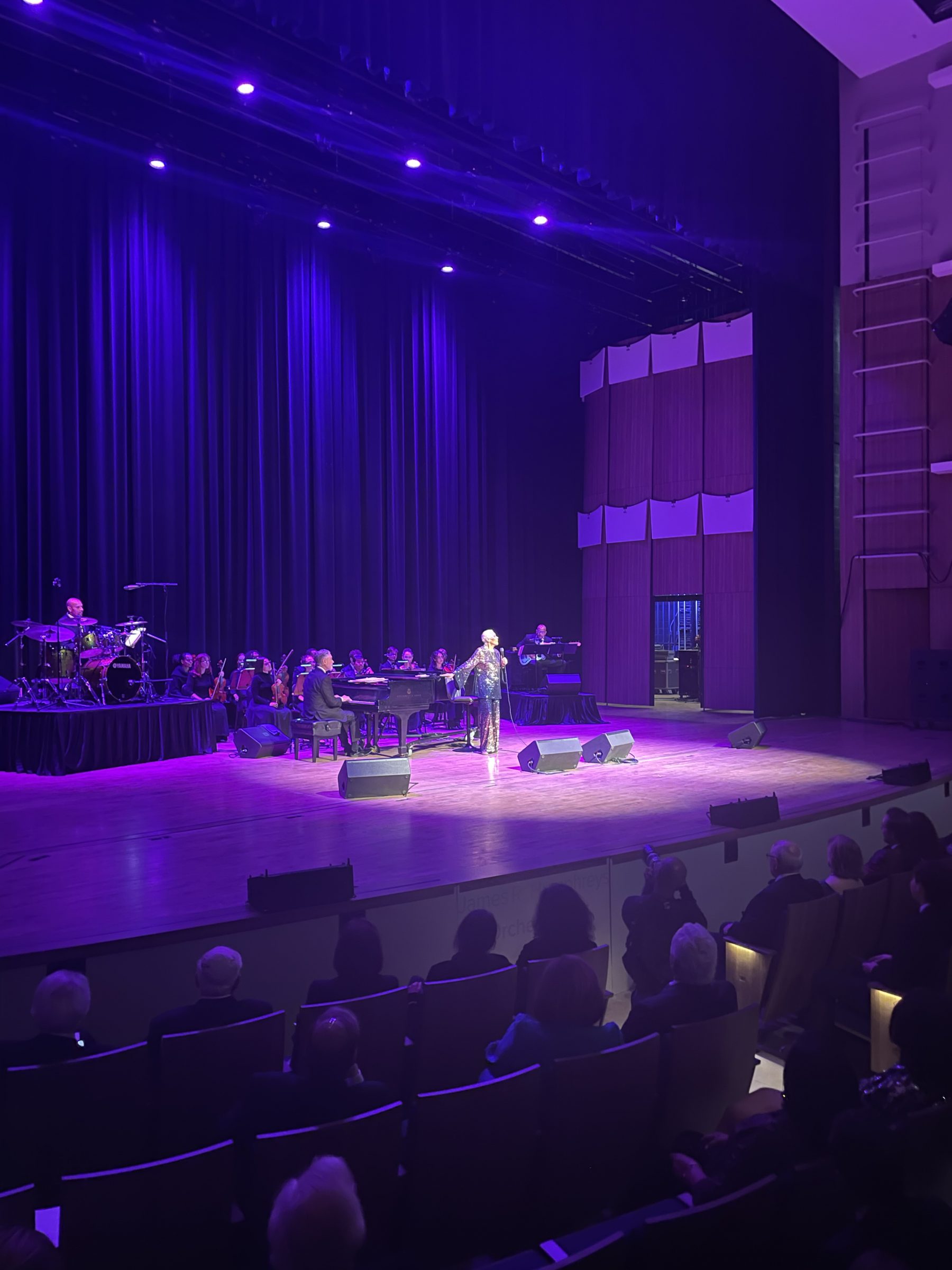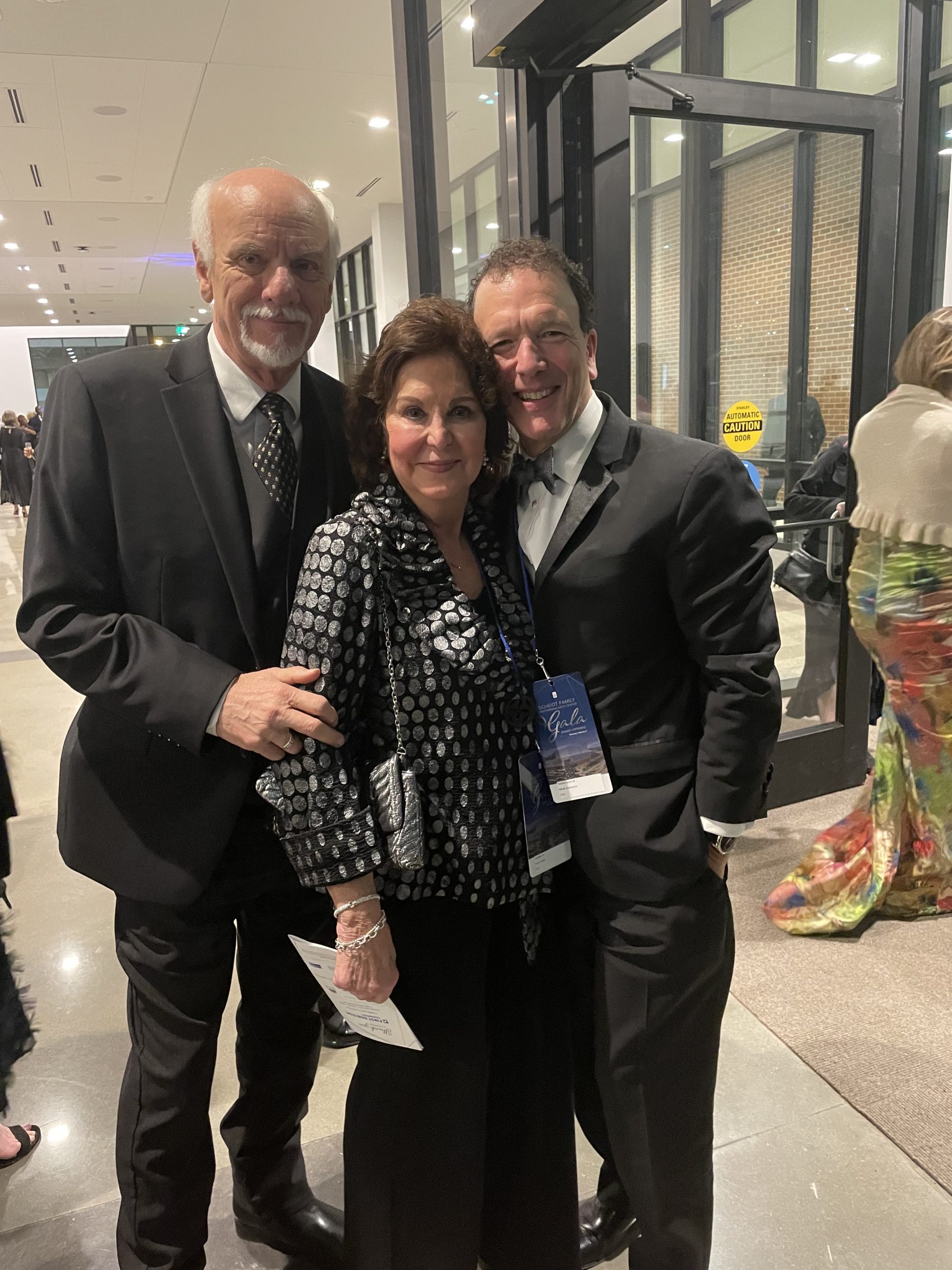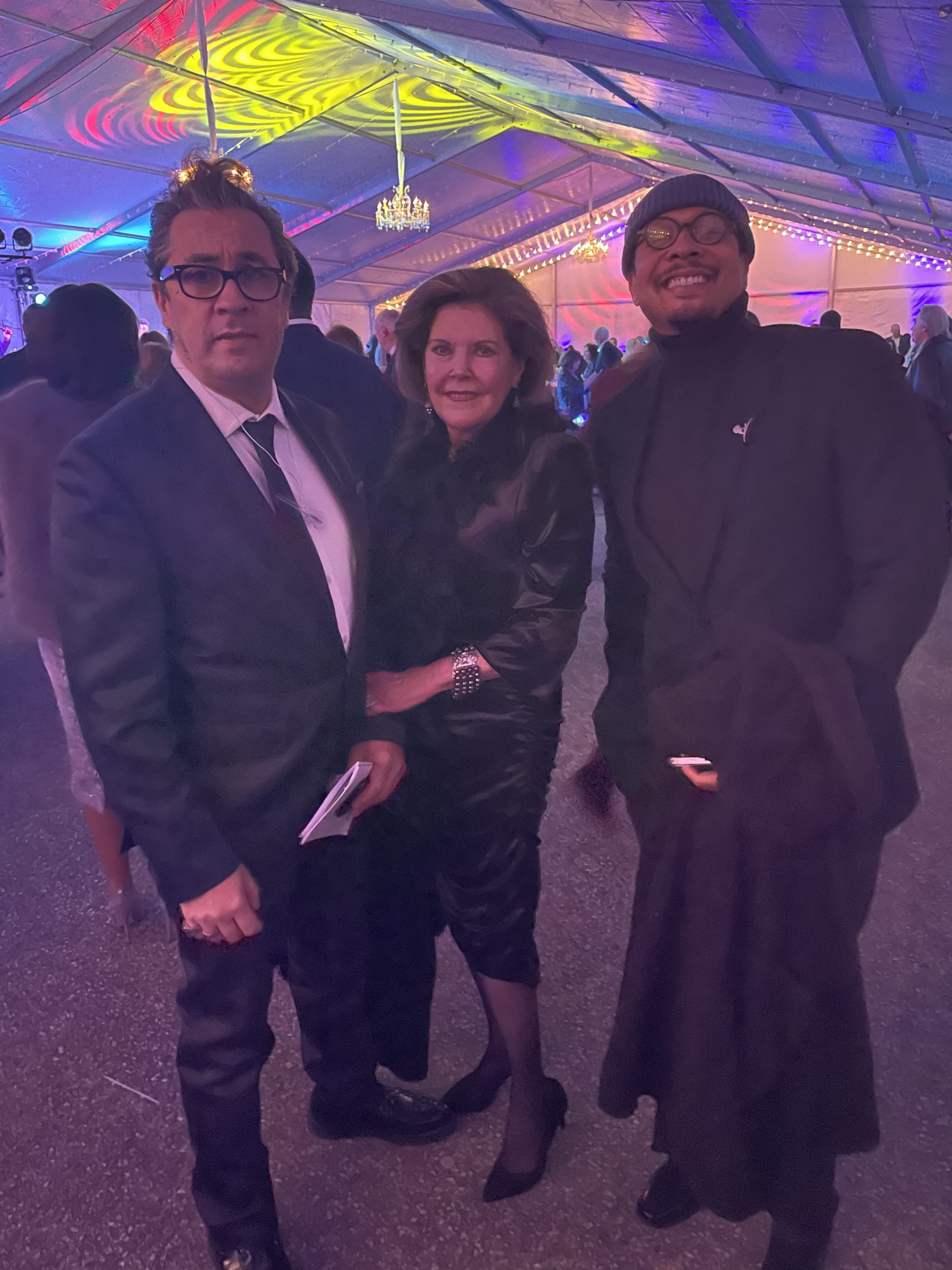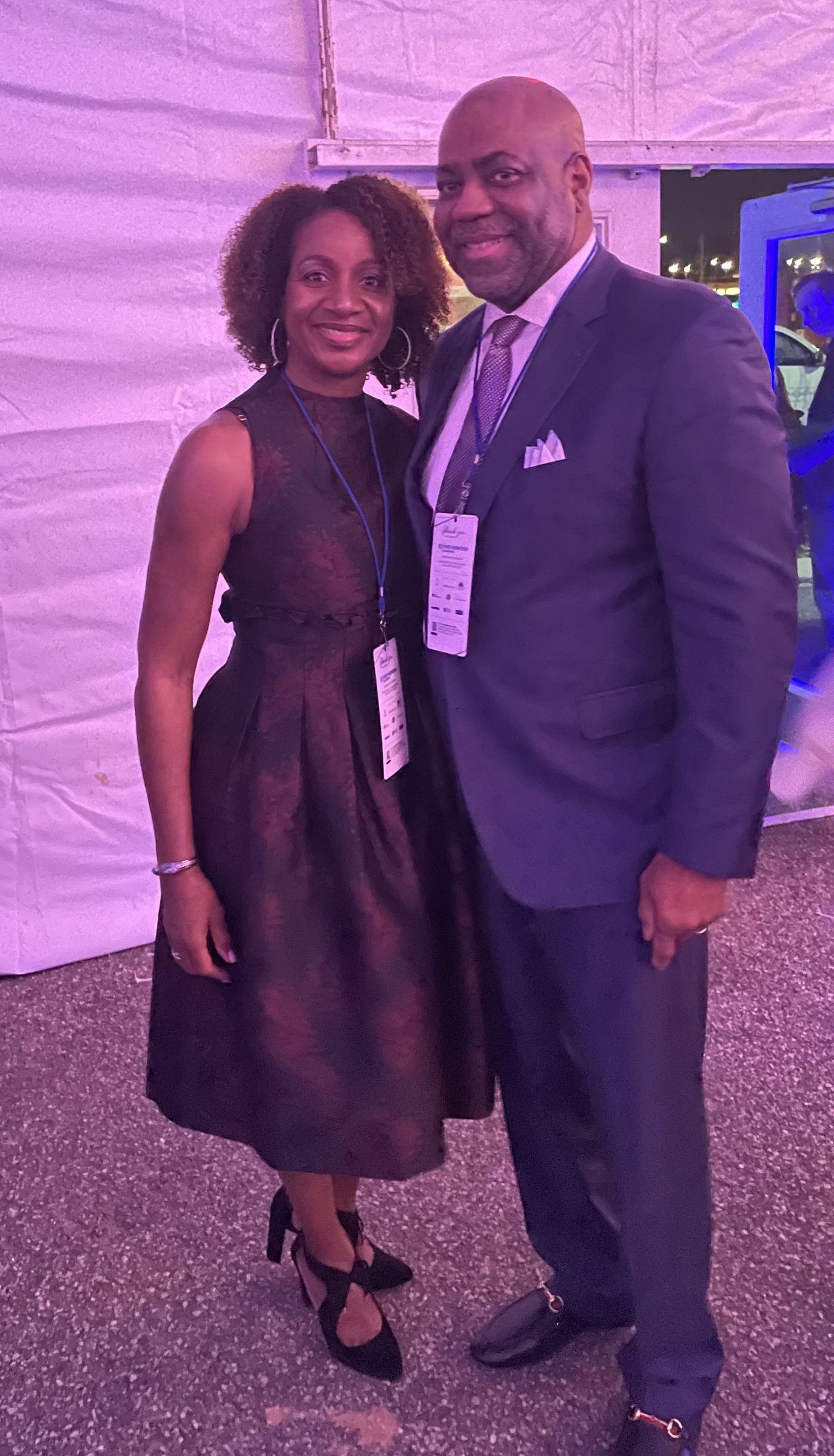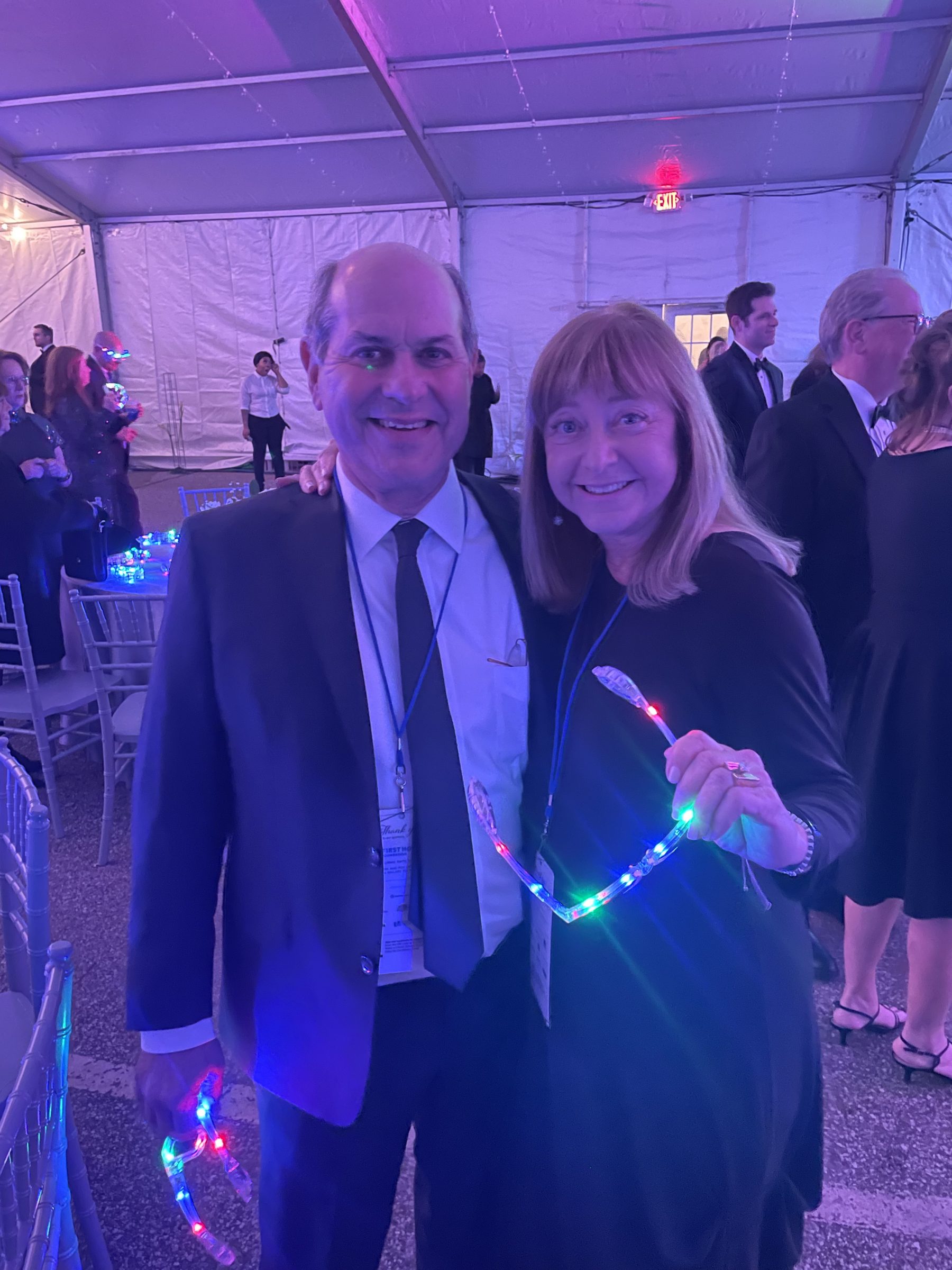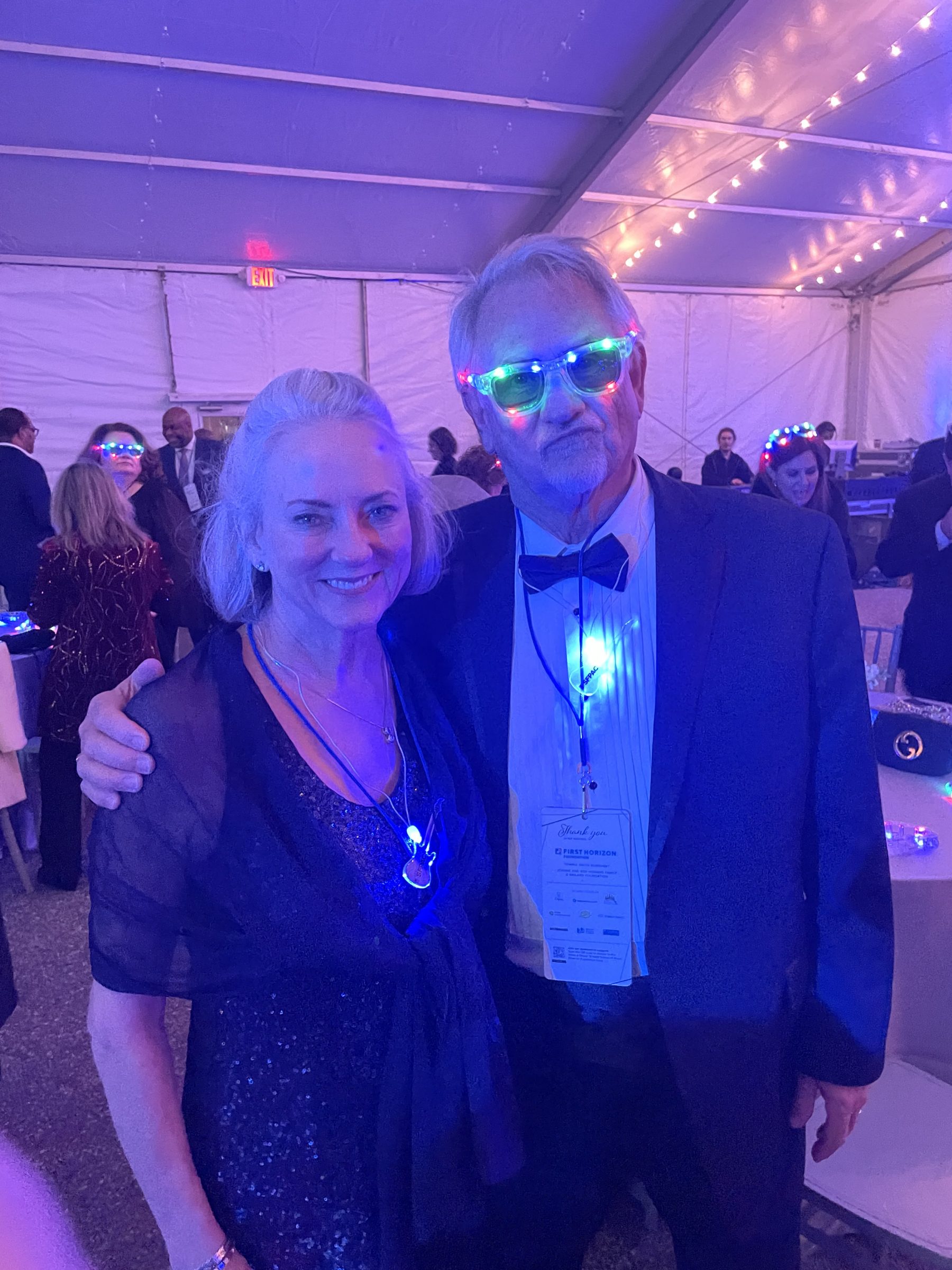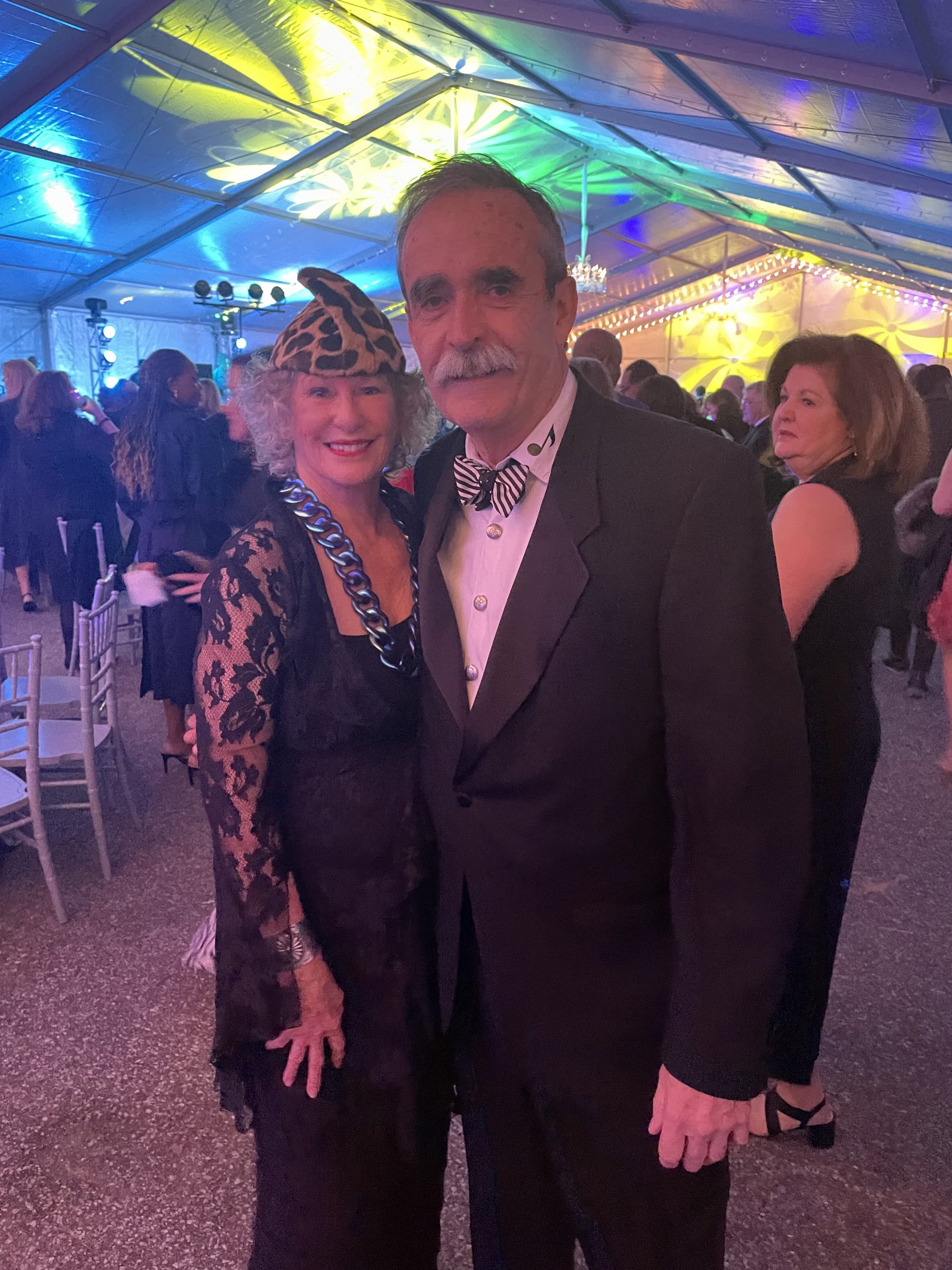A young Jedi, accompanied by his master, a middle-aged version of Obi-Wan Kenobi, asked the family seated in front of us for their row number. A moment or two later, the same young Jedi and his master, aka his father, settled in next to us, both smiling and satisfied to have found their place in the galaxy, or at least their reserved seats inside the Cannon Center for the Performing Arts.
Moments later, Darth Vader sat down directly behind Obi-Wan, causing a slight disturbance in the Force. The Vader look-a-like, sans that iconic black helmet, situated himself and then briefly looked at his phone. Vader’s sweaty blonde locks were partially stuck to the side of his head. Besieged by photo requests, a helmeted Lord Vader had been a good sport — even in his heavy dark getup — taking numerous pictures with fans and foes alike downstairs in the center’s lobby.
Now, I smiled and said to Vicki, “I thought we were going to the symphony, not a Star Wars convention.”
On May 4, 2024, a Star Wars convention, of sorts, took place at the Cannon Center as the Memphis Symphony Orchestra performed the music from the Star Wars movies and its current franchises. Children and adults donned masks, capes, and uniforms — with some wielding faux light sabers — to recreate their favorite Star Wars characters. May 4th has become synonymous with the famous quote, “May the force be with you,” and the Memphis Symphony Orchestra, or MSO, made the most of the day’s festivities, kicked off with dramatic narration by Jeremy Orosz of the University of Memphis, which set the mood and tone for each piece, and ending with a costume contest won by a carpeted Jabba the Hutt.
The fact that I used the somewhat cliched phrase “going to the symphony” also made me smile. May 4th was my third MSO performance this spring and the fourth by Vicki, my better half. Emily, our daughter, loves classical music and has been a regular attendee of MSO concerts and events for the past several years.
In our household, going to the symphony has now become the norm, and for me, at least, a surprisingly refreshing experience. I’m a music lover at heart who appreciates just about any form of music out there. While I have my preferences, I have always enjoyed listening to musicians talk about their music, and, especially, how they learned from musical pioneers and innovators, regardless of genre. I know enough about classical music to know the names of those famous composers of old and to occasionally recognize famous pieces, but I certainly couldn’t tell you the difference — from simply listening to their music — between Bach and Beethoven, let alone the difference between a sonata versus a concerto or a movement.
Don’t let the MSO know, but I’m a rock-and-roll guy at heart.
My first performance during this past season was in February (for Emily’s birthday) at the Scheidt Family Performing Arts Center on the University of Memphis campus. The orchestra performed Claude Debussy’s La Mer, along with Stravinsky’s The Firebird. I had not attended a classical music performance in a very long time, and it was my first time in the Scheidt Center, which is a beautiful facility. Watching the orchestra members play in unison, working together to create mesmerizing tones and precise elements was mind-boggling to an amateur like me. Even from Scheidt’s upper balcony, I could sense the orchestra member’s passion and feel the devotion to their craft in every note and movement.
The MSO was quickly capturing my heart.
Next up was something a little more in my wheelhouse, songs from Pink Floyd’s The Dark Side of the Moon along with Gustav Holst’s The Planets. As a teenager, I wore out my LP of Dark Side of the Moon, so the orchestra’s suite dedicated to one of rock’s most legendary albums brought a flood of fond memories. Once again, I was captivated by the orchestra’s love of playing, the imagination and innovation involved in performing such well-known numbers, and the fun the MSO had in doing so.
Two months later, fun took center stage as the Memphis Symphony Orchestra closed their Star Wars tribute with a rousing rendition of composer John Williams’ epic theme music, simply called “Main Title,” complete with conductor Robert Moody employing a glowing purple light saber as a baton.
Following the crowd’s standing ovation, this 1970s rock-and-roll guy was all in — ready for the MSO’s next season … Rachmaninoff … Handel’s Messiah … MSO’s Big Band at The Grove at GPAC … Amadeus … West Side Story. And in late February of 2025, a true rock star comes to the Cannon Center: Yo-Yo Ma.
Incredible!
Yeah, I’m with the band … I mean the orchestra.
Ken Billett is a freelance writer and short-story fiction author. He and his wife, Vicki, have called Memphis home for nearly 35 years. When not listening to blues music, Ken reads spy novels and tends to his flowers.

